Click on any image to open the viewer gallery.
Kufi was the major priestly script in early times . It was created after the establishment of the two Muslim cities of Basrah and Kufah in the second decade of the Islamic epoch ( 8th century A .D . ) . The script has particular proportional measurements , along with pronounced angularity and squareness . It became known as al-Khat al-Kufi ( Kufi script ) .
Kufi script had a distinct impact on all Islamic calligraphy . In contrast to its low verticals , Kufi has horizontal lines which are extended . The script is remarkably wider than it is high . This gives it a specific dynamic momentum . The script often is selected for use on oblong surfaces . With its glorious Handasi ( geometrical ) construction , Kufi could be modified to any space and material.
The great variety of stunning techniques of the Kufic script is quite peerless and exceptional . Some forms are mostly ornamental while other forms were used for texts whose reading was of prime significance . Among the styles of Kufic script , some are characterized by “local” or “regional” peculiarities in keeping with the distinctive geographical features of that region.

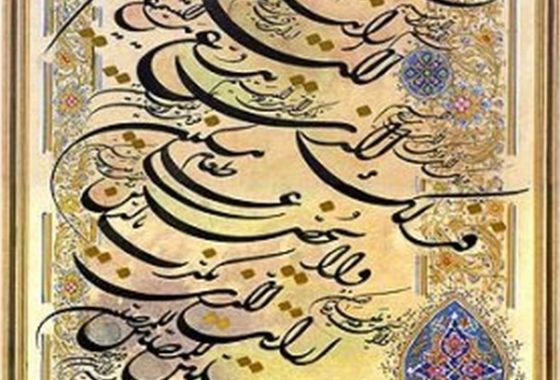
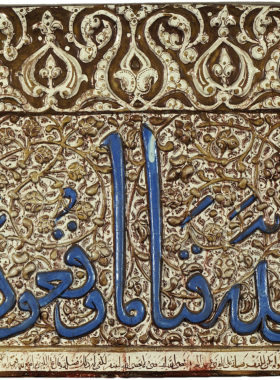
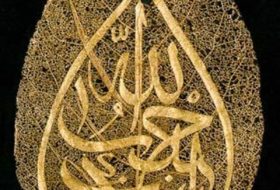
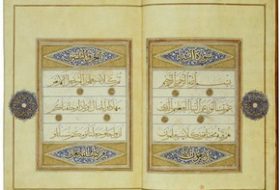
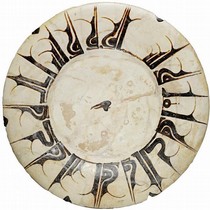
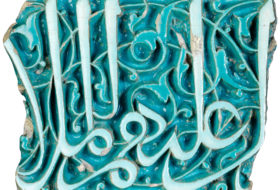
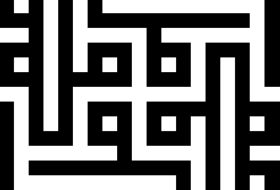
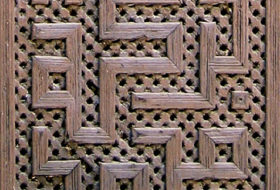
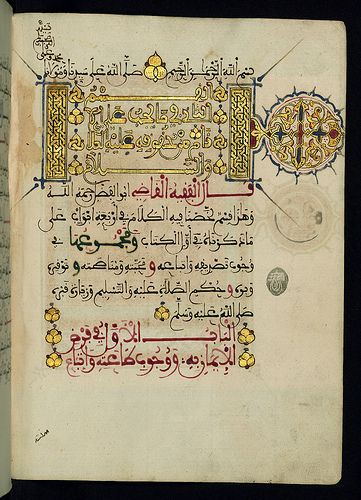
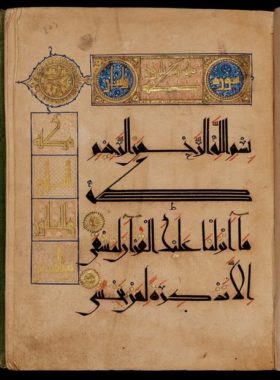
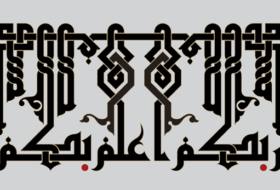
Would you like to share your thoughts?
Your email address will not be published. Required fields are marked *